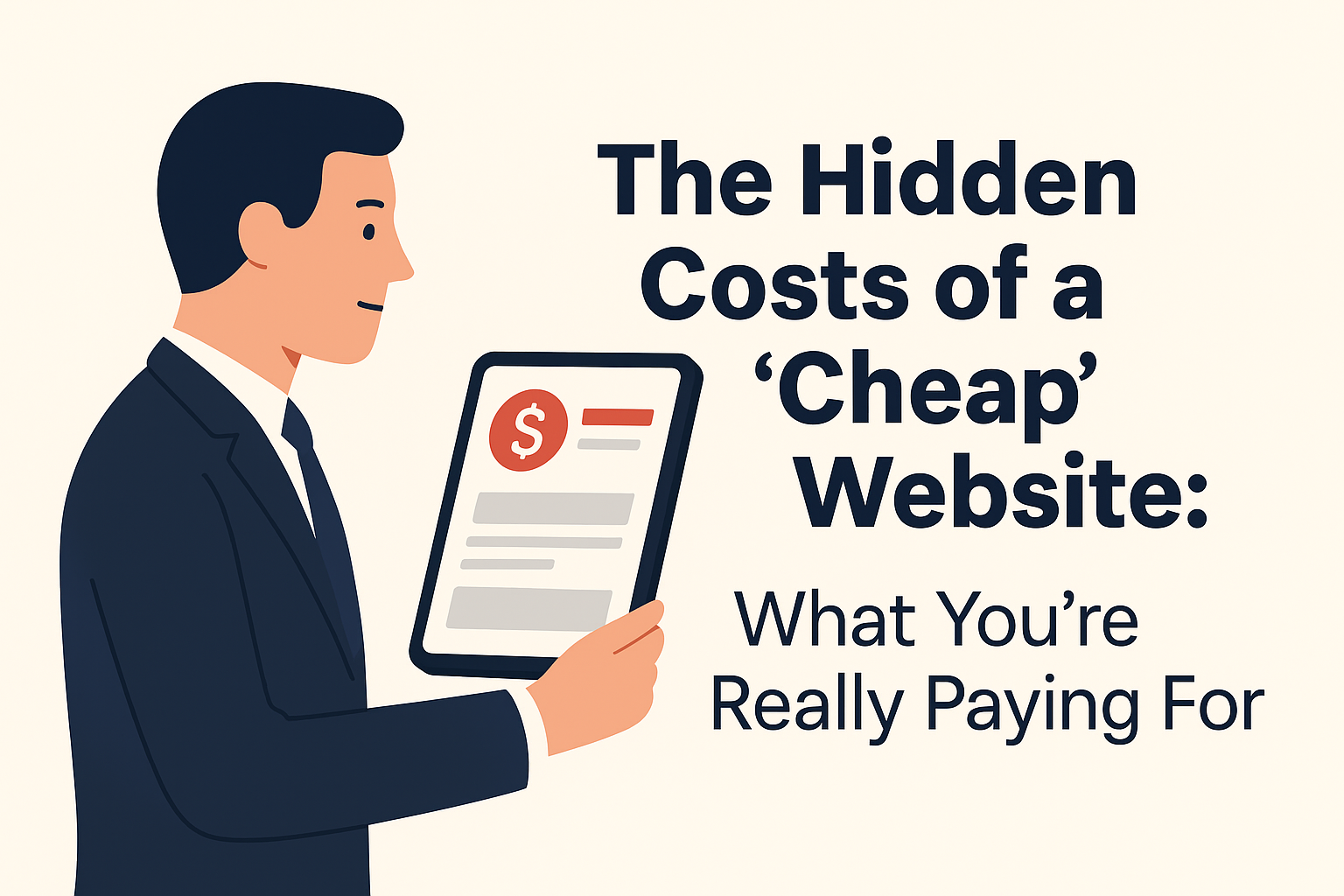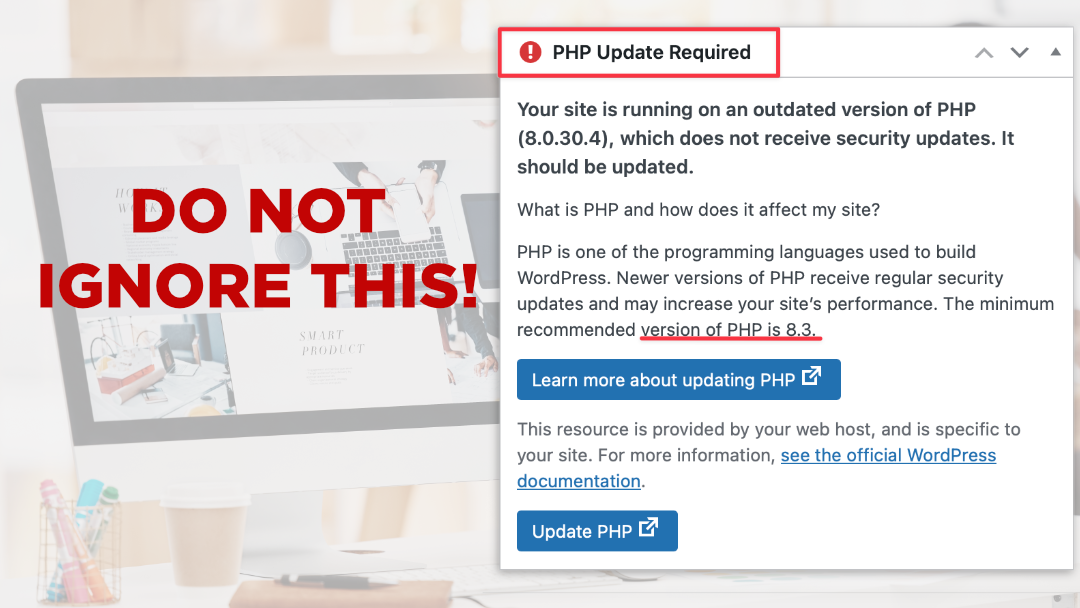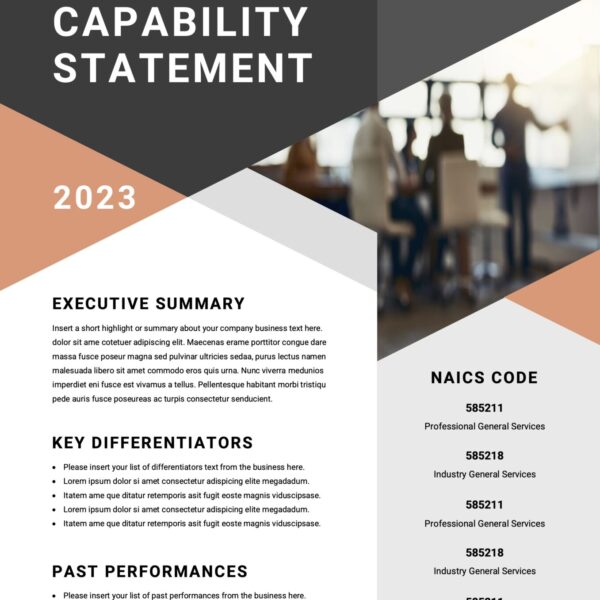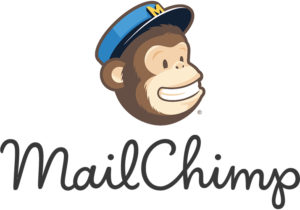
The Hidden Costs of Cheap Websites
A $500 website might look like a deal, but cheap web design comes with hidden costs—lost leads, weak SEO, security risks, and expensive rebuilds. Learn what you’re really paying for and why investing in a professional site saves money long-term.

Mobile-First Design Isn’t Optional Anymore: What Your Site Needs to Work on Any Device
Over 60% of web traffic now comes from mobile devices, making mobile-first design essential for every business website. A mobile-first approach ensures your site loads fast, looks great on any screen, and delivers a seamless experience that keeps visitors engaged and improves your Google rankings.

Top Three Things Your Site Needs Now
Your website isn’t just an online business card anymore. It’s the first impression most people get of your brand – and in today’s world, that impression has to be fast, clear, and easy to act on. If even one piece is missing, you’re losing potential customers...
Accessibility Isn’t Optional Anymore (And WordPress Has a Fix for That)
Y’all, accessibility isn’t just about checking a box. It’s about making sure your website is usable for everyone who needs it. And while that sounds like the right thing to do (because it is), there’s also a business side to it: if your site isn’t accessible,...


